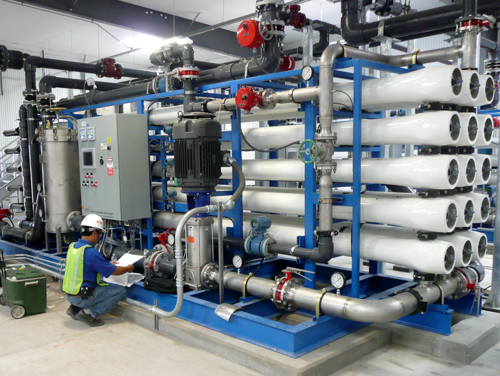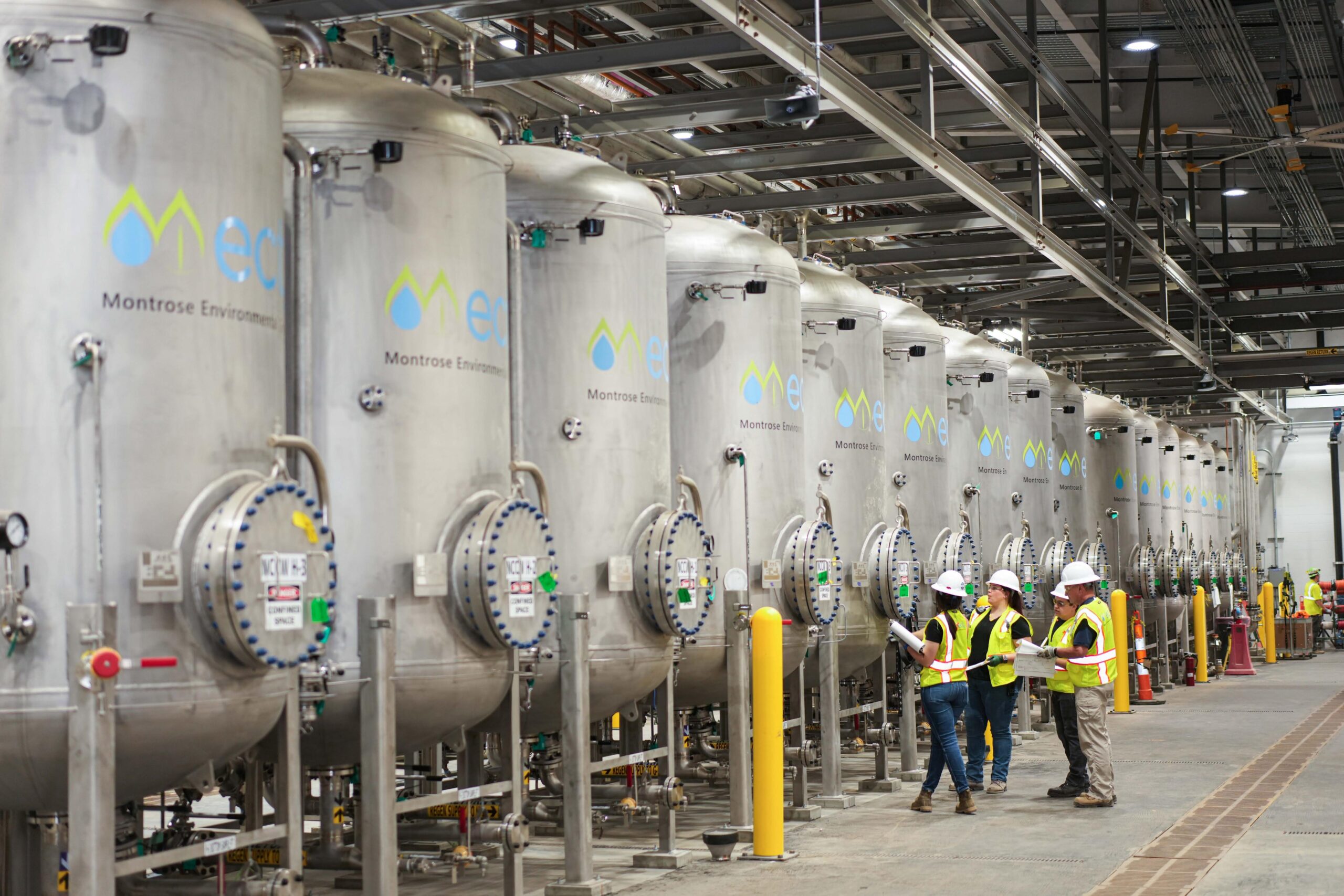Best Practices for PFAS Waste Management at Industrial Sites
Best Practices for PFAS Waste Management at Industrial Sites
Blog Article
Just How PFAS Treatment Ensures Tidy and Lasting Water
The presence of PFAS, commonly known as "forever chemicals," poses significant obstacles to water quality and public health. The implications of these treatments expand past instant health and wellness benefits; they raise crucial questions concerning lasting water monitoring methods that need to be dealt with to ensure a resistant future.

Comprehending PFAS Contamination
PFAS, or per- and polyfluoroalkyl compounds, have actually arised as a significant ecological problem because of their widespread prevalence and persistence in the atmosphere. These synthetic chemicals have been used in different industrial applications and consumer products, including non-stick cooking equipment, water-proof garments, and food product packaging, because of their special properties such as water and oil resistance.
The contamination of dirt and water resources by PFAS happens mostly with industrial discharges, firefighting foam use, and seeping from land fills. pfas management. As soon as launched, these compounds are resistant to degradation, leading to their buildup in the setting. This perseverance increases vital issues, as PFAS can travel fars away through groundwater and surface area water systems, impacting alcohol consumption water products and ecological communities

Wellness Threats of PFAS
The perseverance of PFAS in the atmosphere increases significant health concerns for people subjected to these compounds. Called "forever chemicals," PFAS do not damage down quickly and can accumulate in bodies over time. Research has actually linked PFAS exposure to numerous negative health and wellness effects, consisting of immune system dysfunction, liver damages, and boosted threat of particular cancers cells - pfas management. Notably, studies have actually shown raised cholesterol levels and possible effect on reproductive and developmental wellness, especially in pregnant people and babies.
The ubiquity of PFAS in customer items, such as non-stick kitchenware, water-repellent fabrics, and food packaging, more enhances the threat of direct exposure. Drinking water contaminated with PFAS is a substantial issue, as these chemicals can seep right into groundwater sources. Prone populaces, including kids and those living near commercial websites, may deal with heightened dangers as a result of their creating systems and potential for higher direct exposure degrees.
As awareness of these health and wellness dangers proceeds to expand, regulatory companies are starting to develop guidelines for PFAS levels in alcohol consumption water. Public wellness campaigns are important to alleviate direct exposure and shield communities from the long-term impacts of these harmful materials.

Ingenious Treatment Technologies
Just how can we effectively take on the challenges Continue presented by PFAS contamination in water sources? Ingenious therapy technologies are becoming essential options in the mission for clean water. These approaches focus on the elimination or destruction of per- and polyfluoroalkyl compounds (PFAS), which are infamous for their determination in the setting.
One encouraging method is adsorption utilizing innovative products, such as turned on carbon and ion exchange materials. These products have actually shown effectiveness in recording PFAS particles from water. Another notable innovation is membrane layer purification, which utilizes nanofiltration and reverse osmosis to separate pollutants at the molecular degree, thus supplying a barrier versus PFAS.
In addition, progressed oxidation procedures (AOPs) employ strong oxidants to break down PFAS compounds into harmless by-products. This technique is especially reliable for dealing with extremely infected water resources. Bioremediation strategies, using details microbes, are additionally being explored to degrade PFAS.
As research continues, hybrid systems that combine multiple technologies may offer improved performance, attending to the complexities of PFAS contamination. The advancement and application of these innovative treatment technologies are important steps towards making certain the safety and security and sustainability of our water sources.
Benefits of Effective PFAS Treatment
Effectively dealing with PFAS contamination in water sources significantly boosts public health and wellness and environmental safety and security. PFAS, typically referred to as "permanently chemicals," are resistant to destruction and can collect in the human body, bring about severe wellness risks such as cancer cells, liver damages, and body immune system dysfunction. By implementing efficient treatment methods, areas can decrease direct exposure to these damaging substances, eventually improving the health and wellness outcomes of their populations.
In addition, successful PFAS therapy contributes to the preservation of neighborhood ecological communities. Contaminated water can detrimentally affect water life and interfere with the delicate equilibrium try here of neighborhood environments. By making sure tidy water, treatment procedures shield biodiversity and maintain eco-friendly honesty.
Additionally, efficient PFAS removal can foster public confidence in water top quality. When areas are assured that their alcohol consumption water is devoid of harmful pollutants, it advertises a feeling of safety and well-being. This depend on is crucial for community engagement and assistance for recurring water monitoring campaigns.
Future of Water Sustainability
Amid growing issues regarding water top quality and scarcity, the future of water sustainability rests on ingenious techniques and collective initiatives. As neighborhoods encounter the impending threats of contaminants like PFAS, the development of advanced helpful site treatment innovations is necessary. These modern technologies not just concentrate on the elimination of unsafe materials but additionally advertise the reuse and recycling of water, therefore reducing total need.
In addition, reliable water administration plays a critical duty in making certain lasting methods. Policymakers need to integrate scientific research with regulatory structures to develop clear guidelines for water usage and treatment. Stakeholder involvement, consisting of regional communities and sectors, cultivates a sense of shared duty and motivates sustainable methods across various fields.
Financial investment in infrastructure is also critical; updating aging systems to integrate modern purification and filtration methods can significantly boost water high quality. Furthermore, welcoming eco-friendly technologies, such as all-natural filtration systems, can give green services.
Inevitably, the future of water sustainability depends on an all natural method that incorporates innovation, plan, and neighborhood participation. By prioritizing these aspects, we can safeguard our water resources for generations ahead, guaranteeing tidy and lasting water for all.
Final Thought
In final thought, the efficient treatment of PFAS is necessary for making certain tidy and lasting water. Eventually, robust PFAS treatment techniques contribute to long-term resilience in water administration, promoting public depend on in water high quality and promoting sustainable practices.
Report this page